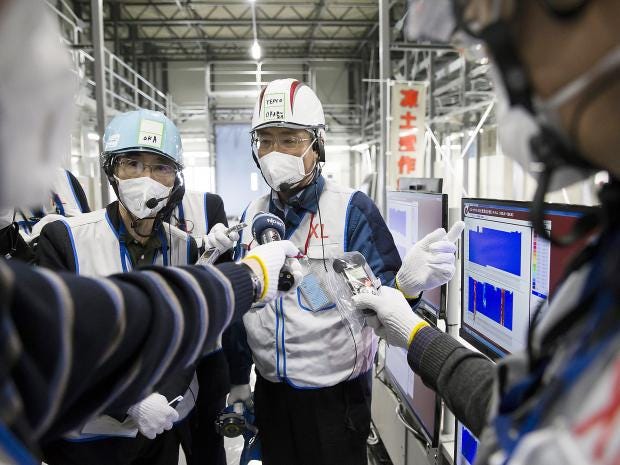Este cobarde sujeto habría sido quien quemó
a Eivy Agreda Marchena. Se trataría de Javier…
"Las llamas alcanzaron también a varios pasajeros del ómnibus, quienes fueron atendidos por los bomberos y
trasladados a los hospitales Casimiro Ulloa y Arzobispo Loayza, incluida la mujer víctima del condenable ataque".
“Podría tratarse de una expareja que, al sentirse rechazado, estuvo hostigando a esta chica. Tenemos la versión solo de la hermana, que vive con ella. Este sujeto identificado como Javier la venía persiguiendo (hace tres semanas). La hermana se percata que la persona que la venía persiguiendo en una mototaxi tenía la polera y la capucha puesta encima, solamente lo logra divisar así y se va”, enfatizó el general Gastón Rodríguez, jefe de la región Policial Lima, sobre la identidad del cobarde sujeto que atacó a Lizeth Ágreda Marchena…
Sujeto prende fuego a mujer dentro de bus de transporte público en Miraflores
10 personas resultaron heridas
Una mujer de 21 años de edad fue atacada esta noche por un sujeto que le prendió fuego dentro de un ómnibus de transporte público en el distrito de Miraflores, ataque en el cual resultaron heridos también otros diez pasajeros.
El hecho sucedió al interior del ómnibus de placa B3H-711, que cubre la ruta Chorrillos-San Juan de Lurigancho, en el cruce de la avenida 28 de Julio con la vía Expresa.
De acuerdo con testigos el sujeto ingresó a la unidad de transporte público, arrojó combustible sobre una pasajera, identificada como Lizeth Agreda Marchena, y le prendió fuego.
#Miraflores Tomamos conocimiento del indignante ataque con fuego a mujer en un bus. Nos dirigimos al Hospital Nacional Arzobispo Loayza, para asegurar que no existan problemas en la atención de los heridos, y a la comisaría para supervisar las investigaciones correspondientes.
Las llamas alcanzaron también a varios pasajeros del ómnibus, quienes fueron atendidos por los bomberos y trasladados a los hospitales Casimiro Ulloa y Arzobispo Loayza, incluida la mujer víctima del condenable ataque.
Eliana Revollar, adjunta para los Derechos de la Mujer de la Defensoría del Pueblo, indicó que el atacante habría tenido una relación con su víctima.
Ella es Eivy Agreda Marchena, de 22 años de edad, quien fue bañada con gasolina por su pareja y luego el maldito le prendió fuego. El cobarde ha huido, pero le espera cadena perpetua. Esto ocurrió en un bus en Miraflores, Lima (Perú).
Condenó que ataques como estos, con ferocidad y premeditación, se produzcan contra las mujeres por parte de varones que no aceptan la ruptura de una relación y toman medidas que atentan contra su vida.
Por ello demandó sanciones ejemplares para estos agresores, de lo contrario más mujeres seguirán muriendo a manos de feminicidas que actúan con impunidad.
El atacante de Lizeth Agreda Marchena logró escapar del bus de transporte público, sin ser identificado.
La policía del distrito de Miraflores investiga este caso e indicó que pedirá los videos de la zona para identificar al agresor.
Nos solidarizamos con la joven que fue salvajemente agredida por un inescrupuloso hombre, quien le prendió fuego cuando viajaba en un bus. Pondremos a disposición de la Policía Nacional todo material audiovisual que sirva para la inmediata identificación del responsable.
[Fuente: Andina]




